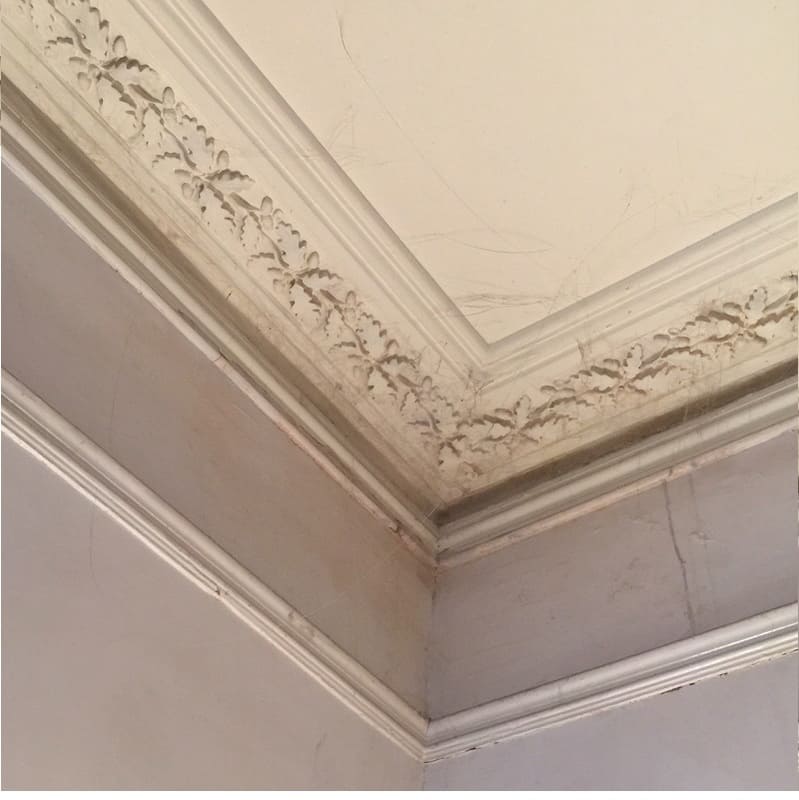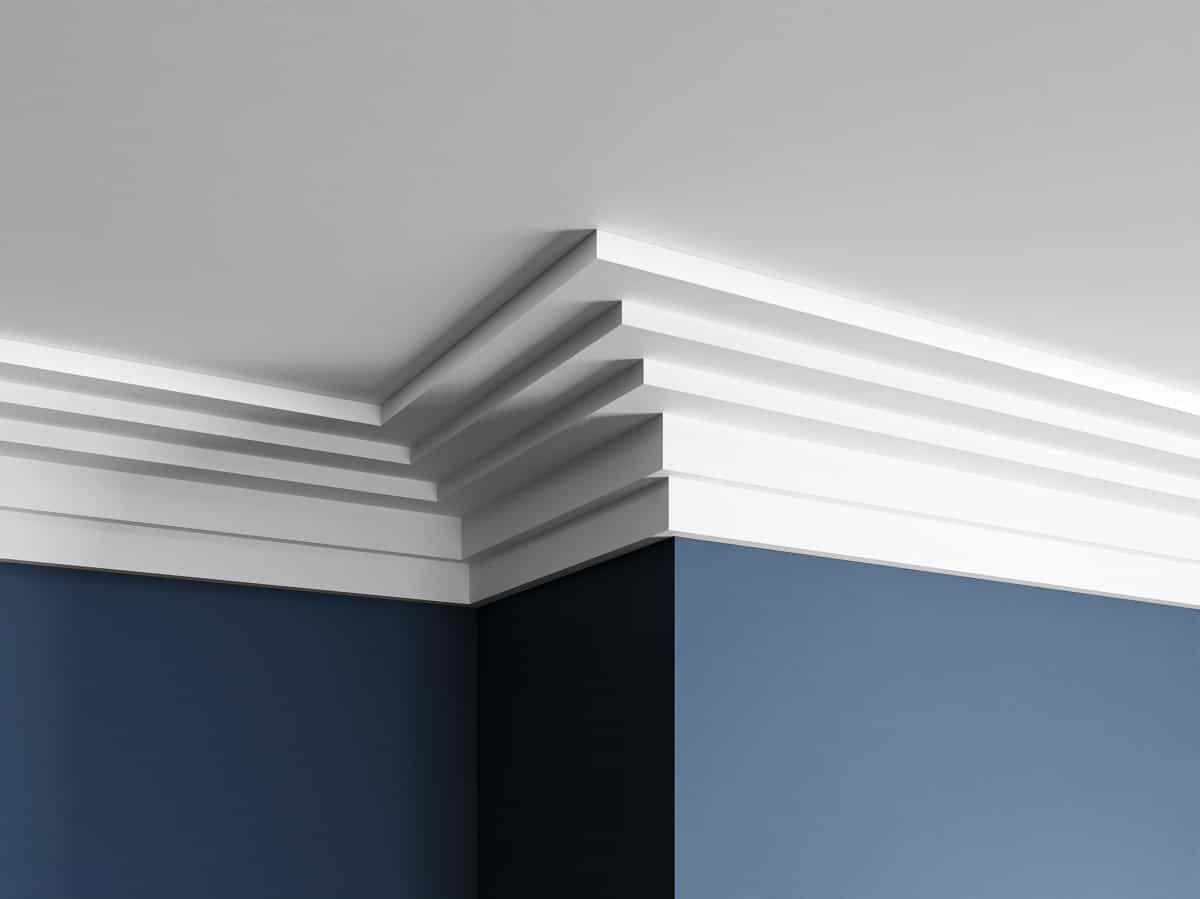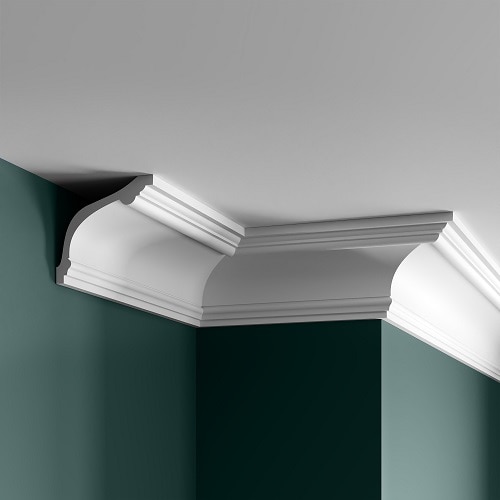Period Mouldings
Coving Shop London UK
Period Plaster Mouldings
The term Victorian architecture (Victorian Coving) refers collectively to several architectural period plaster coving styles, and was succeeded by Edwardian architecture (Edwardian Coving) employed predominantly during the middle and late 19th century. The period that it indicates may slightly overlap the actual reign, 20 June 1837 – 22 January 1901, of Queen Victoria. This represents the British and French custom of naming architectural styles for a reigning monarch. Within this naming and classification scheme, it follows Georgian architecture (Georgian Coving) and Regency architecture.

Architectural Period Plaster Mouldings styles
Classify architectural period plaster covings in terms of the use of form, techniques, materials such as gypsum, (plaster of Paris) time period, region and other stylistic influences. It overlaps with, and emerges from the study of the evolution and history of architecture. In architectural history, the study of Gothic architecture, for instance, would include all aspects of the cultural context that went into the design and construction of these structures. Hence, architectural period plaster coving styles is a way of classifying architecture that gives emphasis to characteristic features of design, leading to a terminology such as coving.
International Spread of Victorian Period Plaster Mouldings
During the 18th century, a few English architects immigrated to the colonies, but as the British Empire became firmly established during the 19th century many architects emigrated at the start of their careers. Some chose the United States, and others went to Canada, Australia, and New Zealand. Normally, they applied architectural plaster coving styles that were fashionable when they left England. By the latter half of the century, however, improving transport and communications meant that even remote parts of the Empire had access to publications such as the magazine The Builder, which helped colonial architects keep, informed about current fashion. Thus, the influence of English architecture spread across the world. Several prominent architects produced English-derived plaster coving designs around the world, including William Butterfield (St Peter’s Cathedral, Adelaide) and Jacob Wray Mould (Chief Architect of Public Works in New York City).
At Coving Shop, the Victorian coving and Victorian cornice are the most popular plaster products we supply. These period plaster coving cornicing bring an air of decadence and class to any room. This style of plaster coving cornicing typically has many ridges, curves and deep inner cove along with a long projection onto the ceiling and a shallow depth. Victorian plaster coving cornicing also helps to improve the property value of your room, which explains why it is often used by building companies, property developers and people looking to move up the property ladder.
Each design has a brief description along with information on suitable ceiling heights.
Design of the Period House - By Era
In this area at Decor mouldings , we look era by era at the architectural design styles used.
In almost every era we find more than one style being popular. Even when the design cognoscenti, or the wealthy, favour one style, we find vernacular architecture or the homes of people in ordinary towns and cities borrowing from current plaster coving and past styles.
It is rare to be able to label any house as being of a single style. The typical middle or working class home was built by a small builder who would buy a plot of land, build one or two houses and immediately sell them freehold or leasehold to a landlord.
This speculative builder built what he liked, was familiar with and could sell easily and profitably. These houses were influenced by contemporary fashions but were no more ‘designer houses’ than the typical house of today.
The names given to the different periods and the dates they cover in the UK are:
1558-1603 Elizabeth, 1689-1694 William & Mary William & Mary,1694-1702 William III, 1702-1714 Anne Queen Anne, 1714-1727 George I Early Georgian, 1727-1760 George II Georgian, 1760-1812 George III Late Georgian, 1812-1820 George III Regency, 1820-1830 George IV Late Regency 1830-1837 William IV William IV, 1837-1860 Victoria Early Victorian, 1860-1901 Victoria Late Victorian, 1901-1910 Edwardian VII Edwardian 1910-1936 George V, 1936-1936 Edward VIII, 1936-1952 George VI, The Edwardian era loosely covers 1900-1918.
Art Deco Style plaster coving cornicing


Edwardian Coving
Edwardian Style plaster coving cornicing
The Edwardian Coving styles is a version of the Victorian Eclectic style. Houses in this style took ideas from the medieval and Georgian periods, the Arts and Crafts and Art Nouveau coving styles, among others, mixing and matching many influences. Houses had wider frontages so there was often more room for a hall; in larger houses this was even used as a living room. For example it would be furnished with a desk and perhaps even a fireplace.
The underlying themes of buildings and interior design of the Edwardian era were for expensive simplicity and sunshine and air. Colours and detailing were lighter than in the late 19th century, looking back to the Georgian era of a century before. The desire for cleanliness continued. As gas and then electric light became more widespread, walls could be lighter as they did not get so dirty and looked better in the brighter light. Decorative patterns were less complex; both wallpaper and curtain designs were plainer.
There was less clutter than in the Victorian era. Ornaments were perhaps grouped rather than everywhere. Displays of flowers were placed to complement the floral fabrics and wallpapers.
Design of the Period House - 1830-1869
The middle decades of the 19th century saw the decline in the use of Classical features and the rise of Gothic, moving from round-topped windows and shallow pitched roofs, to pointed arched windows and steeply pitched roofing. The neo-Gothic architectural and decorative style was in its heyday between 1855 and 1875. However, Classical features kept returning in the 1830s and in the 1850s with French-style towers, turrets and domes. The 1850s and 1860s saw the architectural style called variously ‘Italianate’, ‘Roman’, ‘Romantic Classicism’ or ‘Free Renaissance’, as popularised by Queen Victoria’s Osborne House.
